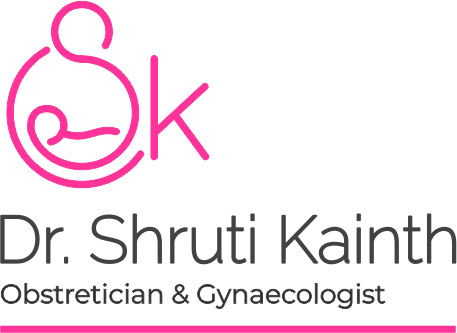Birthing
Birthing
Birthing or labour, also called parturition, is the physiological process by which women give birth. Parturition is the period from the onset of regular painful contractions during early pregnancy to delivery of the foetus and includes the postpartum period.
Three stages of labour are used to categorise a normal childbirth process:
First stage: To help the baby reach the end of the birth canal, your cervix will first dilate and thin during this stage. This stage, which is further separated into early and active, is typically the lengthiest part of labour.
- Early labour: This phase of labour typically lasts up to 12 hours. During early labour, your cervix dilates to around 4cm, and your contractions are more frequent.
- Active labour: This stage usually lasts a few hours and involves continuous, intense contractions that push the baby through the birth canal. Your body releases oxytocin when you have a contraction. This hormone relaxes the uterus to aid the delivery of your baby and allows your cervix to stretch wider.
Second stage: This stage is the birth of your baby and usually lasts from a few minutes up to several hours, depending on the mother’s position and baby. Your cervix is fully dilated at this point, your uterine contractions are more frequent, and you have a strong need to push.
After your baby’s head emerges, the airway will be cleared, and the umbilical cord will be clamped and cut. Soon after the head is delivered, the remainder of the baby’s body follows.
Third stage: The placenta, an organ bridging the uterine wall and the foetus, is released during this period. This stage is the longest stage of labour and can last for hours. The placenta may be released with a gentle uterine massage.
The complications of the birthing process include:
Weak contractions are less comfortable and last for fewer minutes than normal contractions.
Difficult pregnancies: In some women, the placenta may not be fully separate (this is known as placental separation), which can cause the uterus to continue growing after delivery, potentially stopping labour altogether.
Placenta praevia: This condition arises when the placenta remains attached partially or totally to the inside of the uterus when it’s too close to the edge of your womb about your cervix.
Forceps delivery: Forceps are used during difficult birth cases to help the baby be born.
Vaginal tearing: Vaginal tearing is a common complication during childbirth. It typically occurs after birth and can cause severe bleeding.
Episiotomy: Episiotomy is a surgical incision made in the area around the vagina after delivery of a baby’s head.
Natural Birth
It is the method of giving birth without medication or operation. You will receive the necessary care from trained professionals like doctors, nurses, and midwives.
Pain relief: It is a very common pain reliever method given to the mother during labouring. It may be epidural anaesthesia, used for pain relief in labour, spinal anaesthesia, or pudendal anaesthesia.
On the other hand, some women prefer natural birth, forgoing painkillers to ease labour pains in favour of a typical vaginal delivery. This can be achieved through several methods.
Supplies such as warm water baths are often used to ease the pains during labour and may be followed by low-technology birthing methods such as the use of a birth ball or a large inflated balloon that is held next to a woman’s head during labour.
A home birth (also known as an at-home birth) is a type of childbirth that takes place at home without any medical personnel present, with no medical equipment, and no medical interventions.
Caesarean Birth
Caesarean births involve the surgical removal of a baby from the womb or placenta before the woman’s abdominal wall. A caesarean section is usually performed for a medical reason such as foetal distress or risk to mother or child.

